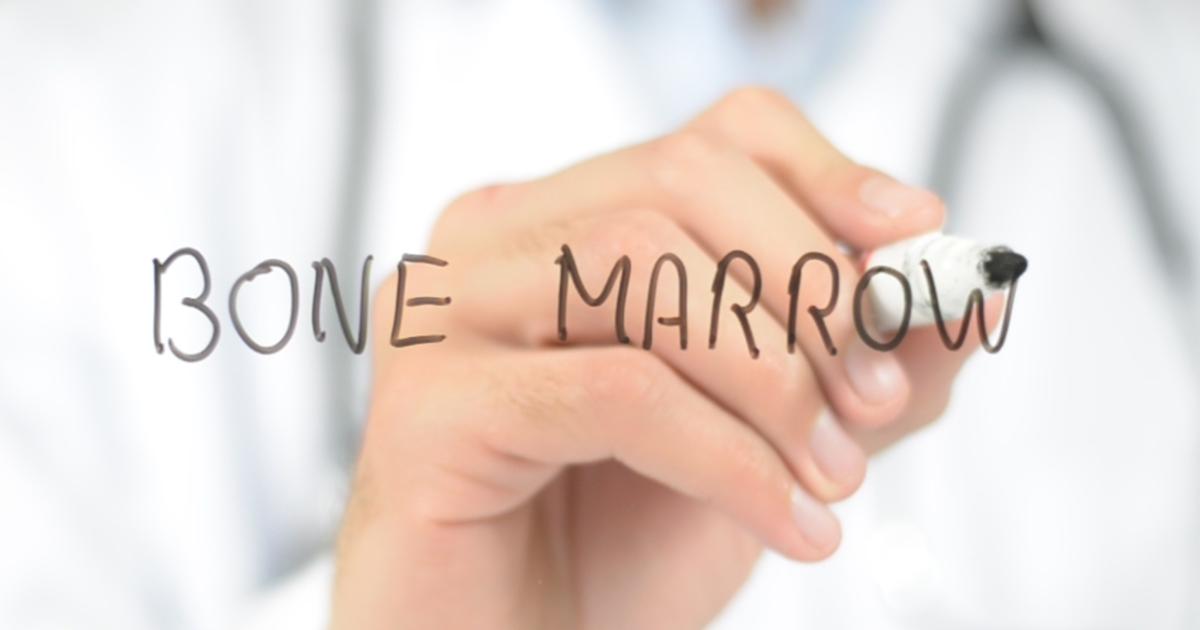Guide To Making A Bone Marrow Donation
How Matches Are Determined

Potential donors can join the bone marrow registry with a painless swab of the inside of the cheek. All swabs are tested for HLA markers at the time of registration. When a patient is in need of a bone marrow transplant and cannot get one from an immediate family member, the patient's doctor selects several individuals from the national registry who have the same HLA markers as the patient. These potential donors then have blood tests to determine which individual is the closest match for the patient. In cases where there are multiple close matches for the patient, doctors consider each potential donor's overall health to choose the most appropriate match. All potential donors have a physical exam to check for potential health conditions that could affect donation, including diabetes, cancer, and cardiovascular disease. Patients with certain heart conditions and cancers may not be permitted to donate bone marrow. Individuals with diabetes that requires insulin or injections will not be allowed to donate, but those whose diabetes is controlled with oral medication can donate. While patients with well-controlled irregular heartbeats or mitral valve prolapse could be permitted to donate, individuals who have had a heart attack or surgical procedures such as heart valve replacement, cardiac bypass, angioplasty, or pacemaker implantation will not be able to donate. Each potential donor's health will be evaluated on a case-by-case basis during the selection process.
Learn about how to prepare for a bone marrow donation next.